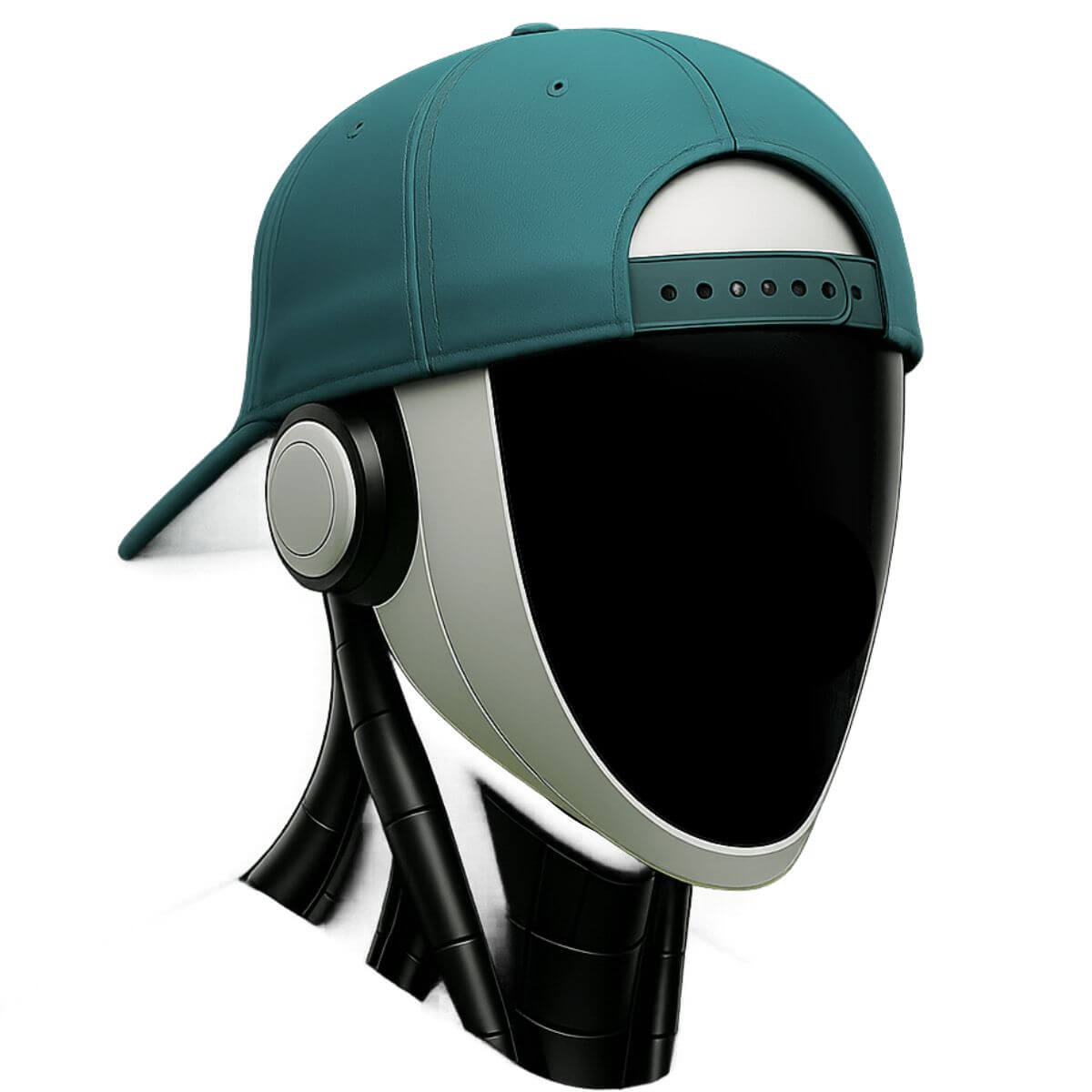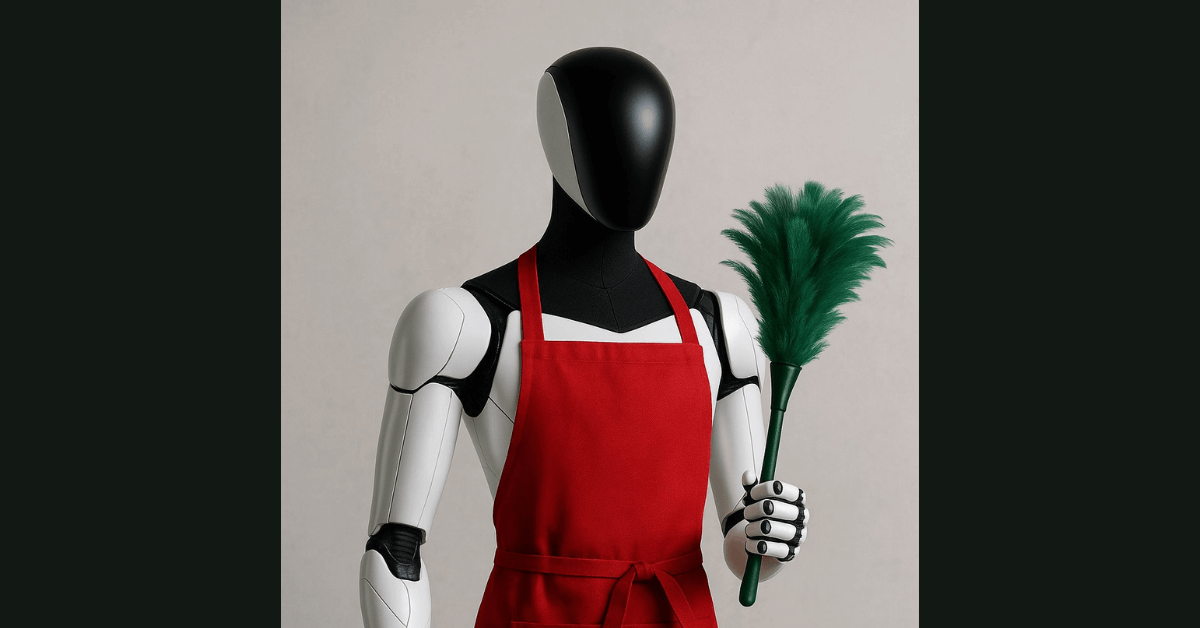The market for humanoids is projected to reach $5 trillion by 2050. So while the prospect of having one in your home may currently seem foreign (and maybe a little freaky), they’ll eventually become as ubiquitous as mobiles phones, and a staple feature of every home.
We’re still at the very early stages of the humanoid era, and most options are still undergoing beta testing and not availble to purchase. But to help you get ahead of the impending rush to own one, we’ve collated a list of the top four houshold humanoid to watch in 2025.
What makes a great home robot?
We evaluated these robots based on:
- Safety: The presence and effectiveness of sensors like cameras, touch detectors, and proximity alerts to ensure robots avoid collisions with people, pets, or objects.
- Versatility: The humanoid’s ability to perform a range of household tasks, such as cleaning, dishwashing, or fetching items.
- Cost: The likely price range when these humanoids become available.
- Availability: Whether the humanoids are available for purchase in 2025 or limited to testing phases.
- Mobility: The robot’s navigation capabilities, focusing on whether bipedal designs can climb stairs or wheeled models are optimized for flat surfaces.
- AI and Sensors: We assessed the robot’s AI for task learning and adaptability, alongside sensors like LIDAR or RGBD cameras for precise navigation.
1. Tesla’s Optimus Gen 2
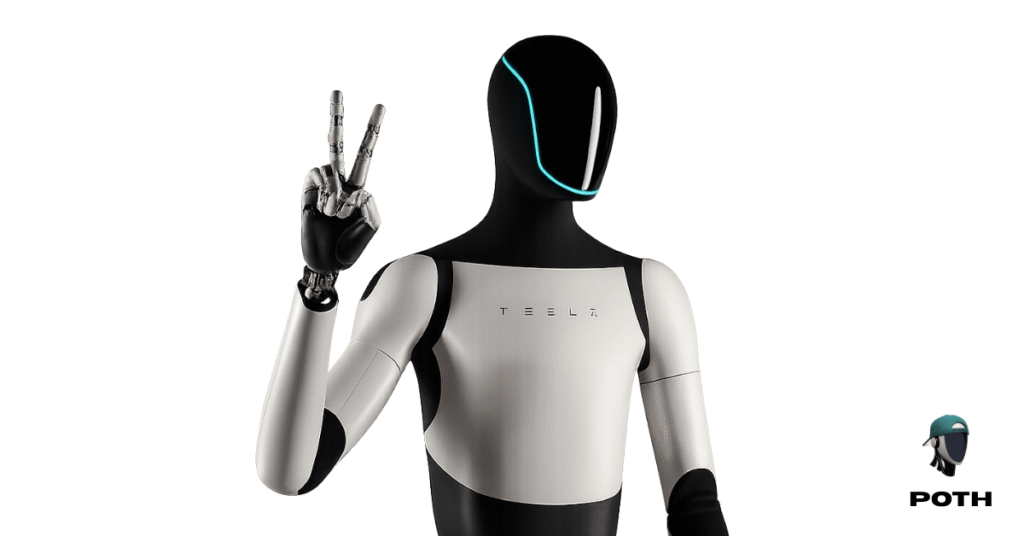
Tesla’s Optimus Gen 2, developed by Tesla, is a bipedal humanoid robot primarily designed for industrial tasks, with Elon Musk aiming for future domestic applications. Standing 5 feet 8 inches tall and weighing 125 pounds, this bipedal bot moves smoothly with 28 actuators and walks at up to 5 mph in demos (likely 2-3 mph at home). Its autopilot cameras provide near-360° vision, and its hands, with 11 degrees of freedom each (22 total), are nimble enough to fold clothes or pick up delicate items. Powered by Tesla’s neural network AI, it can learn tasks through observation, though it often requires teleoperation (remote human guidance).
Currently deployed in Tesla’s factories, it’s not ready for home use in 2025, but Musk recently tweeted in June 2025 about a Gen 3 Optimus, which may potentially target domestic applications in the future.

Specifications: Tesla’s Optimus Gen 2
| Feature | Detail |
|---|---|
| Height | 5’8″ (1.73 m) |
| Weight | 125 lbs (57 kg) |
| Walking Speed | Up to 5 mph (8 km/h) in demos, likely 2-3 mph at home |
| Payload | Unconfirmed |
| Safety Features | Soft exterior, collision avoidance (via cameras) |
| Mobility | Bipedal, flat surfaces (stair capability unconfirmed) |
| Manipulation | 11-DoF hands per arm (22 total) |
| Sensors | Autopilot cameras (360° vision) |
| AI | Tesla neural network AI |
| Battery Life | Unconfirmed |
Why it’s awesome
- AI learns tasks from videos, reducing programming needs.
- Safety sensors ensure collision-free operation.
- Precise hands handle complex tasks like sorting.
Things to consider
- Limited to factories in 2025, home sales planned for 2026.
- Costs unconfirmed (estimated $20,000-$30,000 at scale).
- Dishwashing not yet supported; current focus is on industrial tasks.
- Privacy policies lack full transparency.
- Stair-climbing capability unconfirmed.
How to get it
- Check Tesla’s website or @Tesla_Optimus on X for updates (no purchase option currently).
2. Astribot S1
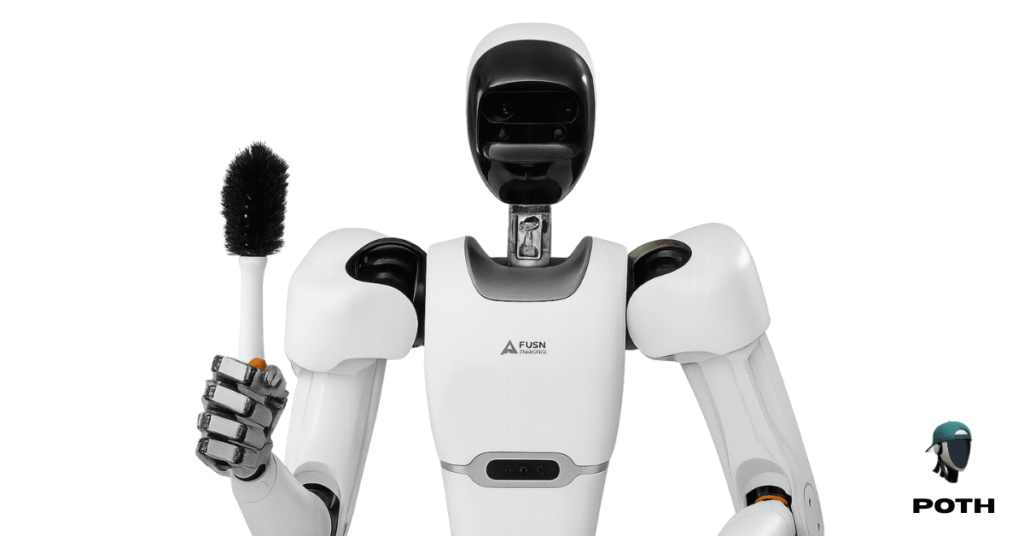
Astribot S1, from Stardust Intelligence, is a wheeled humanoid available since late 2024, designed for research like testing AI algorithms but with home potential for tasks like vacuuming or cleaning surfaces.
At an unconfirmed height with a human-like upper body and unconfirmed weight, it reaches 22 mph (10 m/s) in demos (slower at approximately 1-3 mph for home use) on flat surfaces. Its dual 7-DoF arms lift 22 pounds (10 kg) each, ideal for light tasks like fetching items.
Unfortunately, dishwashing isn’t supported, likely due to limited grip strength (unconfirmed). Its imitation-learning AI mimics human actions, and touch sensors enhance safety by detecting external forces and adjusting movements in real-time to prevent collisions with people, objects, or pets.
The S1 runs on an unconfirmed battery life.
Specifications: Astribot S1
| Feature | Detail |
|---|---|
| Height | 5’7″ (1.70 m) |
| Weight | 80 lbs (36 kg) |
| Walking Speed | Up to 22 mph (10 m/s), slower in homes |
| Payload | 22 lbs (10 kg) per arm |
| Safety Features | Touch sensors, low center of gravity |
| Mobility | Wheeled, flat surfaces only |
| Manipulation | 7-DoF grippers |
| Sensors | Touch sensors |
| AI | Imitation learning AI |
| Battery Life | Unconfirmed (estimated 4 to 6 hours), supports plug-in (unconfirmed) |
Why it’s awesome
- Impressive speed of 22 mph in demos.
- Versatile arms for light household tasks.
- Safe design with touch sensors.
Things to consider
- Limited to flat surfaces.
- Unconfirmed battery life.
- Not widely available in 2025.
- Price: unconfirmed.
How to get it
3. NEO Gamma by 1X Technologies
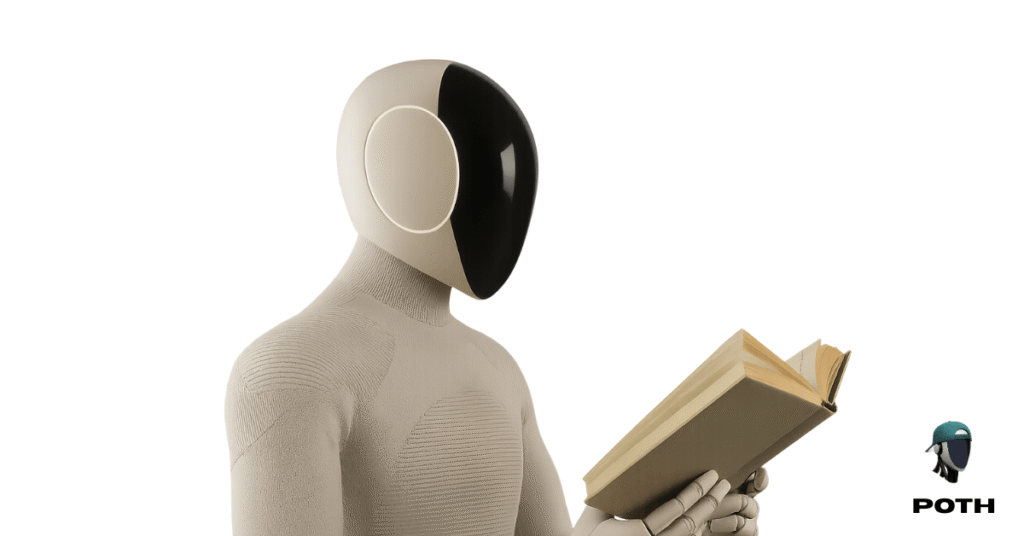
NEO Gamma, from 1X Technologies, is a bipedal robot in pilot testing for home tasks like tidying and potentially gathering groceries (unconfirmed), unveiled in February 2025.
At approximately 5 feet 5 inches and 66 pounds, it walks at an estimated 1-3 mph, with payload capacity unconfirmed. Its OpenAI-backed AI learns home layouts, and tendon-driven actuators with soft covers ensure safe interactions.
Emotive Ear Rings glow to show status, adding a friendly (and slighly creepy) touch. It can clean surfaces but likely lacks dishwashing capabilities due to its grip design (unconfirmed). Only limited units are available in 2025 for testing.
Specifications: NEO Gamma
| Feature | Detail |
|---|---|
| Height | 5’5″ (1.65 m) |
| Weight | 66 lbs (30 kg) |
| Walking Speed | Unconfirmed (estimated 2.5 mph / 4 km/h) |
| Payload | Unconfirmed |
| Safety Features | Tendon-driven actuators with soft covers for passive safety |
| Mobility | Two legs, natural gait, squatting, sitting (stair-capable unconfirmed) |
| Manipulation | Human-like dexterity |
| Sensors | Four microphones, collision-avoidance (bioinspired unconfirmed) |
| AI | Proprietary AI, OpenAI support |
| Battery Life | Unconfirmed (likely 2 to 4 hours) |
Why it’s awesome
- Human-like movements with a friendly design.
- AI learns home layouts for efficient tasks.
- Safe for home use with soft covers.
Things to consider
- Limited units in 2025 testing (unconfirmed estimate: a few hundred to a few thousand).
- Unspecified battery life.
- Cannot handle heavy loads (unconfirmed due to unspecified payload).
- Stair navigation untested.
How to get it
- Contact 1X Technologies for testing access.
4. UBTech’s Home Companion Robot
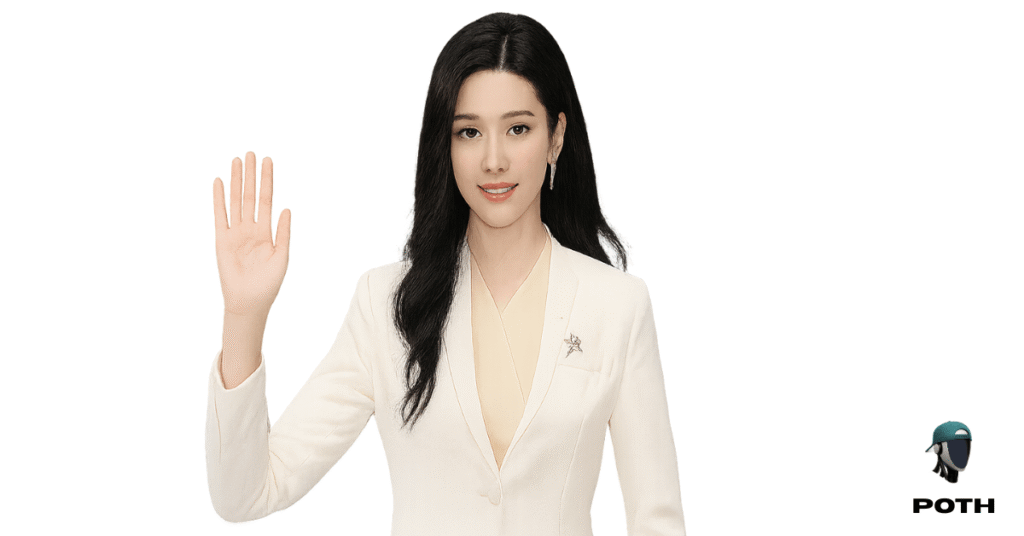
China’s UBTech Robotics Corp unveiled Una, a humanoid robot designed as an emotional companion, at LEAP 2025 in February 2025. While specific details on a dedicated home companion model remain limited, UBTech announced plans in May 2025 for a $20,000 humanoid aimed at household use, potentially building on Una’s capabilities or introducing a new variant, though no official confirmation links it to the Walker S2 debuted at WRC 2025.
The humanoid has been partially unveiled through demonstrations, with full features for home use still emerging, based on company statements and prototype showcases.
Based on available data:
- Una’s height and weight are unspecified, though comparable models like the Walker S2 are approximately 5 feet 3 inches to 5 feet 9 inches (1.62-1.76 meters) and about 95 pounds (43 kg).
- It features advanced AI for natural language processing, enabling context-aware dialogues (e.g., responding to questions about the weather or family events), nonverbal communication, and emotional intelligence.
The humanoid is primarily targeted at service sectors, including elderly care. UBTech’s solutions, including the planned home companion, focus on providing emotional support and basic assistance, such as setting reminders for appointments and medication doses.
The home companion may include fall detection, which could potentially develop into a system for detecting when seniors fall and alerting human elderly care staff, aligning with UBTech’s smart elderly care initiatives, though this feature remains unconfirmed for the current model.
Approximately 1,000 units of the home companion robot are planned for shipment in 2025, with this initial batch likely used for the first round of testing in homes, though production details are subject to change.
Likley specifications: UBTech Home Companion
| Feature | Detail |
|---|---|
| Height | Unconfirmed (comparable models: 5.3 ft to 5.9 ft / 1.62-1.76 m) |
| Weight | Unconfirmed (comparable models: approx. 95 lbs / 43 kg) |
| Walking Speed | Unconfirmed |
| Payload | Unconfirmed |
| Safety Features | Fall-detection (for elderly care), proximity alerts (unconfirmed) |
| Mobility | Bipedal, terrain capabilities unconfirmed |
| Manipulation | Unconfirmed (likely limited for companionship tasks) |
| Sensors | Fall-detection, proximity (unconfirmed) |
| AI | Advanced conversational AI (possibly Huawei-integrated) |
| Battery Life | Unconfirmed |
Why it’s awesome
- Emotional AI for companionship.
- Supports elderly care with reminders.
- Modern design at a price of $20,000.
Things to consider
- Limited initial release of 1,000 units.
- Unspecified height and weight.
- Terrain and battery life details unclear.
- Early testing phase.
How to get it
- Pre-order through UBTech Robotics.
5. Lingxi X2 by AGIBOT
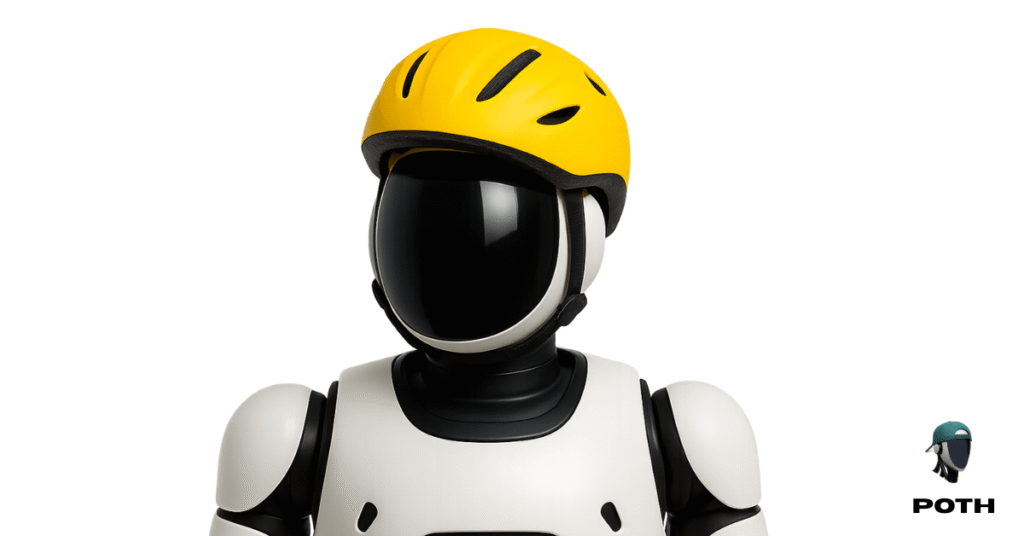
The Lingxi X2, developed by Zhiyuan Robotics (AgiBot), is a 4-foot-3-inch, 74.5-pound bipedal humanoid robot designed for emotional interaction and light household tasks.
Powered by the Genie Operator-1 (GO-1) AI model, it interprets vocal tones and facial expressions to engage in natural, empathetic conversations.
For example, it might detect a user’s sadness and respond with, “Would you like some comforting music?” or offer a light-hearted comment to lift their mood.
The robot can perform simple tasks like fetching blankets, trays of food, and even cycling, leveraging its 28 degrees of freedom for precise object manipulation. Its exterior, wrapped in TPU foam, enhances safety during close human contact, likely aided by environmental sensing, though specific proximity sensors are unconfirmed.
While the Lingxi X2 can walk, run, dance, and ride vehicles like scooters or bicycles, its ability to climb stairs is not explicitly documented. Unveiled in March 2025 as a prototype, it shows promise for future home use in roles like elderly care and family companionship, though production scale and availability remain unclear.
Specifications: Lingxi X2
| Feature | Detail |
|---|---|
| Height | 4’3″ (1.3 m) |
| Weight | 74.5 lbs (33.8 kg) |
| Walking Speed | Approximately 2 to 4 mph (unconfirmed) |
| Payload | Unconfirmed (X2-N variant: 12 lbs / 5.44 kg) |
| Safety Features | TPU foam exterior, voice-activated pause (proximity sensors unconfirmed) |
| Mobility | Two legs, stair capability unconfirmed |
| Manipulation | Light-task arms |
| Sensors | RGBD cameras (unconfirmed), proximity sensors (unconfirmed) |
| AI | Genie Operator-1 (GO-1) or WorkGPT |
| Battery Life | Approximately 4 to 6 hours (unconfirmed) |
Why it’s awesome
- Emotional AI offers personalized responses.
- Compact for small homes.
- Safe with TPU foam and voice controls (proximity sensors unconfirmed).
Things to consider
- Limited to light tasks, no dishwashing.
- Pilot testing status and unit numbers unconfirmed.
- Stair capability and battery life unconfirmed.
- Potential availability in 2025, unit numbers unconfirmed.
- Price: unconfirmed.
How to get it
- Contact Zhiyuan Robotics.
6. Sanbot Nano by Qihan Technology
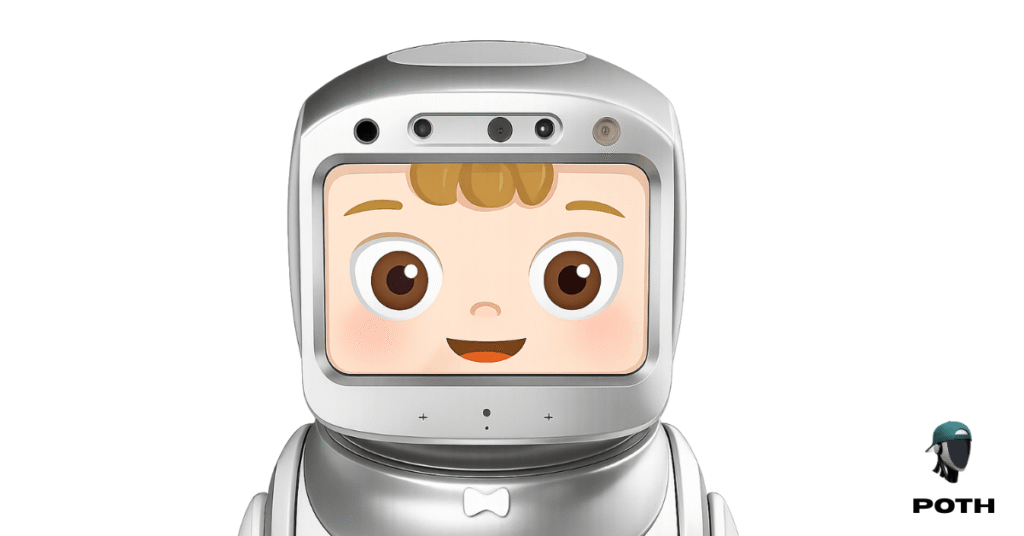
Sanbot Nano, from Qihan Technology, is a wheeled humanoid at approximately 2.8 feet and 42 pounds, available since 2017.
It integrates with Amazon Alexa for smart home control, enabling tasks like turning on lights, playing music, ordering takeout, or answering questions for entertainment. Carrying capacity is unconfirmed, with no documented ability for loads such as delivering snacks or small packages.
With over 50 sensors for obstacle avoidance, it’s suited for flat surfaces. Originally priced at around $2,800, with limited current availability, it benefits users by simplifying smart home management and providing entertainment, making it ideal for tech-savvy households seeking an accessible robotic assistant.
Specifications: Sanbot Nano
| Feature | Detail |
|---|---|
| Height | Approximately 2.8 ft (0.85 m) |
| Weight | 44 lbs (20 kg) |
| Walking Speed | Not specified |
| Payload | Unconfirmed |
| Safety Features | Unconfirmed (likely includes obstacle avoidance sensors) |
| Mobility | Wheeled, flat surfaces |
| Manipulation | Basic grippers |
| Sensors | Unconfirmed (likely includes collision and infrared proximity) |
| AI | Cloud-based AI, Alexa integration |
| Battery Life | Not specified |
Why it’s awesome
- Most affordable humanoid in its class, originally priced at $2,800.
- Smart home integration.
- Available since 2017, with limited current availability.
- Safe navigation.
Things to consider
- Limited to flat floors.
- Basic grippers for simple tasks.
- No speed or battery details.
- Less advanced than newer models.
How to get it
7. EVE by 1X Technologies
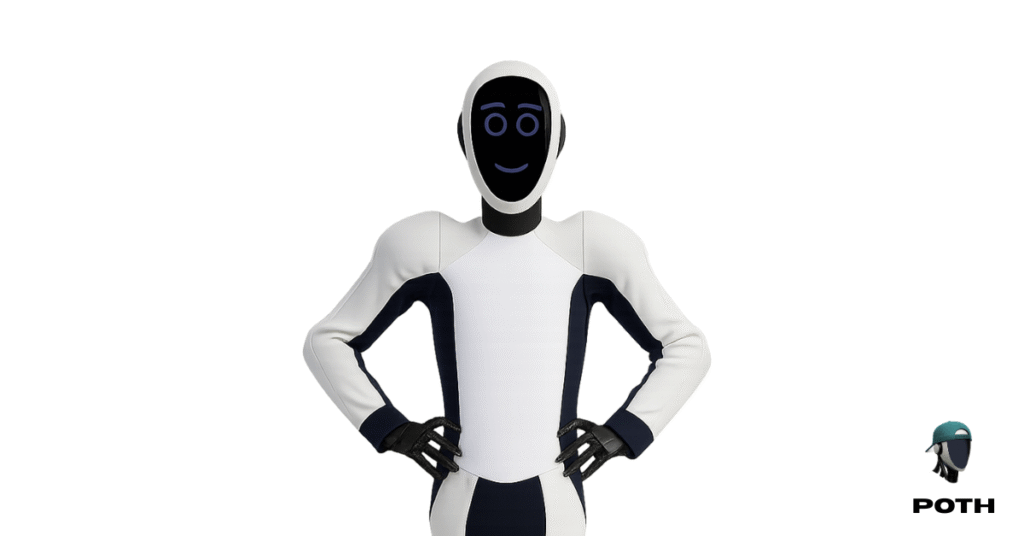
EVE, from 1X Technologies, is a wheeled humanoid at 6 feet 2 inches and 192 pounds, designed for efficient task performance, such as sorting laundry, clearing dishes from a table, restocking a fridge with groceries, or delivering items like a book or drink to a user.
Moving at 9 mph and carrying 33 pounds, it uses panoramic vision from high-resolution HDR cameras and OpenAI-supported AI for navigation and task execution. It handles multi-terrain floors and may descend stairs, though this is unconfirmed, but cannot climb them due to its wheeled design. In early testing with limited units, it is a promising candidate for future home use.
Specifications: EVE by 1X Technologies
| Feature | Detail |
|---|---|
| Height | 6’2″ (1.88 m) |
| Weight | 192 lbs (87 kg) |
| Walking Speed | 9 mph (14.5 km/h) |
| Payload | 33 lbs (15 kg) |
| Safety Features | Panoramic vision, braking system (unconfirmed) |
| Mobility | Wheeled, multi-terrain |
| Manipulation | Payload grippers |
| Sensors | Panoramic vision (foot sensors unconfirmed) |
| AI | Proprietary AI, OpenAI |
| Battery Life | Not specified |
Why it’s awesome
- Fast at 9 mph for efficiency.
- Safe with panoramic vision.
- AI maps home environments to avoid collisions.
Things to consider
- Cannot climb stairs.
- Early testing phase.
- Limited units in 2025.
- No battery life details.
- Price: unconfirmed.
How to get it
Upcoming domestic humanoids to look out for
These humanoid prototypes aren’t out yet, but hint at exciting domestic capabilities
- Figure 02 by Figure AI: In alpha testing for elder care and laundry (no dishwashing), with six RGB cameras. Expected in 2026.
- Fourier GR-2 by Fourier Intelligence: A 5.6-foot bipedal robot for caregiving tasks (no dishwashing), expected in 2026.
- Unitree G1 by Unitree Robotics: A 4.3-foot bipedal robot for cleaning and delivery (no dishwashing), expected in 2026.
